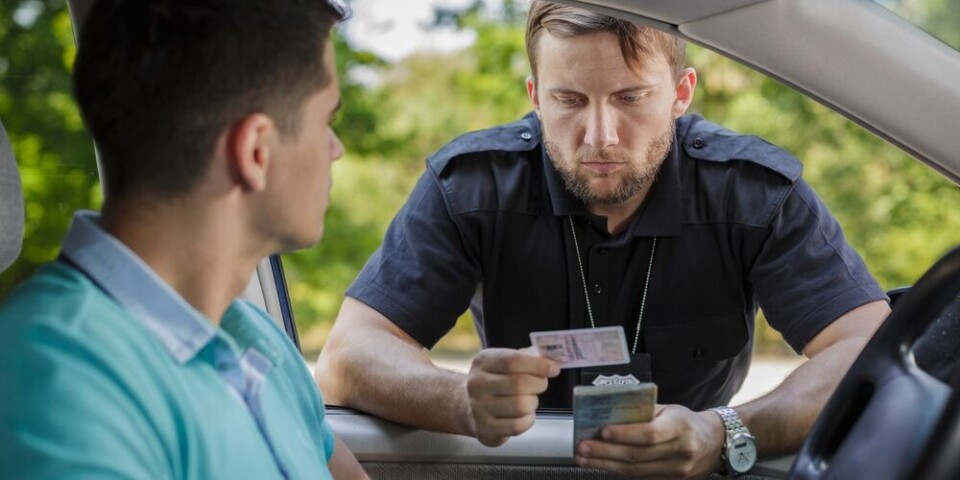French mountain rescue teams warn of increasing callouts from inexperienced hikers
Rise of ‘Instagram tourism’ can see ill-prepared walkers struggle seeking to take the perfect picture
Rescue workers now trawl social media looking for potential disaster hotspots, where travellers are enticed to visit an area without proper information
Antonio Guillem/Shutterstock
Mountain rescue workers in France are warning hikers to plan ahead before heading off on a potentially dangerous trip, as the number of callouts involving ill-prepared and inexperienced walkers is rising.
Workers point to a sharp increase in ‘Instagram tourism’ where people head off to take photos of a landscape they have seen on social media without researching its difficulty.
While beautiful, many of the locations require several hours of hiking – sometimes challenging – which can be more than the travellers expect.
In some cases, people who have never hiked before blindly attempt routes even seasoned walkers would find difficult after not having researched anything but the route’s potential photo opportunities.
It has led to increased callouts for rescue by hikers stuck after trying to tackle a hike that is too challenging for them.
Hikers who ‘have never set foot in the mountains’
This summer has seen a particular rise in ‘social media tourists’.
“There are quite a few people who set off on a whim… who are not organised and who rely a little too much on what they find on social media and on apps that suggest routes,” said mountain rescue officer with the CRS Alpes de Grenoble, Jérémie Pesenti, to FranceInfo.
These routes are “sometimes suggested by other users and are not necessarily on [official] hiking trails. Then they find themselves stuck because they do not have the technical skills to do that hike,” he added.
This can include steep hills, difficult terrain, and sometimes may even require specialist equipment to complete, with much of this information omitted from the social media posts.
“There are quite a few people who have seen photographs on social media and try to find these places, even though they have never set foot in the mountains before. They are really inexperienced, with unsuitable equipment,” he added.
Influencer woes
The rescue office where Mr Pesenti works is receiving around 10 callouts per day this summer – a steady figure – however he says there are more calls from inexperienced hikers than ever before.
Rescue workers now trawl social media looking for potential disaster hotspots, where travellers are enticed to visit an area without doing research.
One video they find shows an influencer discussing their ‘nightmare’ after attempting a hike without doing any prior research.
The influencer had simply seen a photo they wished to capture themselves, and headed off into the mountains.
After leaving at 14:00 they still had not reached the end point by nightfall, and were stuck isolated on the route overnight, in an area they claimed wild bears roamed.
Officers knew the route and said it was one of the most difficult in the area.
“Too difficult for them, as they themselves say, as they are inexperienced. They are not at all equipped and not at all informed as there are not any bears [in the area],” said Mr Pesenti after watching it.
It is not only in summer that such issues arise, as plenty of winter travellers also find themselves having to call emergency services, said fellow officer Lionel Chatain to FranceInfo.
He recalls “people we went to pick up because they saw beautiful photos of sunsets at the summit and wanted to do the same. So they came by train from Paris to take the same photo.
“Except that it was winter and they had not realised that in winter there are not any paths as they are covered by snow which can be hard so you need crampons. [Nor had they realised] that night falls very early, that it can be very cold, and they were using the flash on their phones to light their way... And in fact, it doesn't work,” he added.
The hikers that are successful in completing their routes still sometimes remain disrespectful, much to the chagrin of the officers.
“They set up camp, drink beer, light fires even though it's forbidden, and then they even leave their equipment behind. Sometimes we find ourselves with several tents, mattresses, sleeping bags, and the rubbish that goes with them. And then the people have left. They abandon their equipment, they don't care,” said Mr Chatain.
It has led to some areas being made off-limits to hikers this summer.
How to prepare for a hike
However, this is not to say that officers and residents of the mountain do not want an end to visitors – just for visitors to be prepared.
The most important thing to do is check the route in advance.
This can be done via hiking apps, or on local websites (communal, departmental, or regional).
This should give an indication of the difficulty of the hike (terrain, length, etc) and if you will need any additional equipment. Try to match your hike to your skill level.
Bring supplies such as fresh water, food, and if you are planning to be out later in the evening, extra warm clothes. Also bring emergency equipment such as a flashlight and whistle.
Inform friends and family of your planned route and expected time of return, so if they do not hear from you they can alert emergency services, and use tracking systems and satellites to ensure you have phone signal and connection.
Finally, if you plan to go hiking understand the signs and information you will find along France’s trails, to help you better traverse them.



























